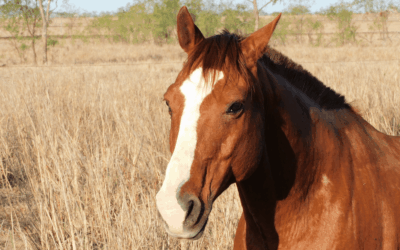The research, conducted by Esselman et al., analyzed the recovery outcomes of 34 western performance horses diagnosed with chondromalacia—softening of the articular cartilage in the stifle joint. The study aimed to determine whether the severity and distribution of the condition or postoperative therapy choices influenced a horse’s ability to return to work.
The researchers divided the horses into four severity categories (slight, mild, moderate, or marked) based on arthroscopic findings. They also examined the effectiveness of three postoperative treatment approaches:
- Bone marrow-derived mesenchymal stem cells (BM-MSCs)
- Equine amniotic allograft product
- No postoperative therapy
Outcome success was measured on a numeric scale (1–10), with higher scores indicating a greater return to prior levels of athletic performance.
Key Findings
Surprisingly, the study found no significant correlation between the severity of chondromalacia and a horse’s ability to return to work. Additionally, the type of postoperative intra-articular therapy did not statistically impact the return-to-performance rate. Here are some of the key takeaways:
- Severity of Chondromalacia Does Not Dictate Recovery: Unlike previous assumptions that more severe cases would have a poorer prognosis, the study showed that severity had no statistically significant effect on whether a horse resumed athletic activity.
- 74% of Horses Returned to Some Level of Work: This figure represents a more favorable outcome than previously reported, suggesting that even horses with diagnosed chondromalacia have a fair chance of returning to work.
- Postoperative Therapy Choices Were Not Predictive of Outcome: Whether horses received BM-MSCs, equine amniotic allografts, or no additional therapy, their chances of returning to performance remained similar. However, individual cases may still benefit from regenerative therapies based on the veterinarian’s discretion.
Clinical Significance
This study provides veterinarians and horse owners with valuable insights into treatment expectations for western performance horses with stifle injuries. While intra-articular therapies remain widely used in equine medicine, this research suggests that the overall prognosis may be more favorable than previously believed, regardless of treatment type.
Veterinarians can now approach chondromalacia cases with a more optimistic outlook, focusing on individualized rehabilitation and recovery plans rather than relying solely on severity assessments or specific postoperative interventions.
Ultimately, this research highlights the importance of comprehensive care strategies and continued advancements in equine medicine. As our understanding of equine joint health evolves, veterinarians and horse owners can make more informed decisions that support long-term soundness and performance.



